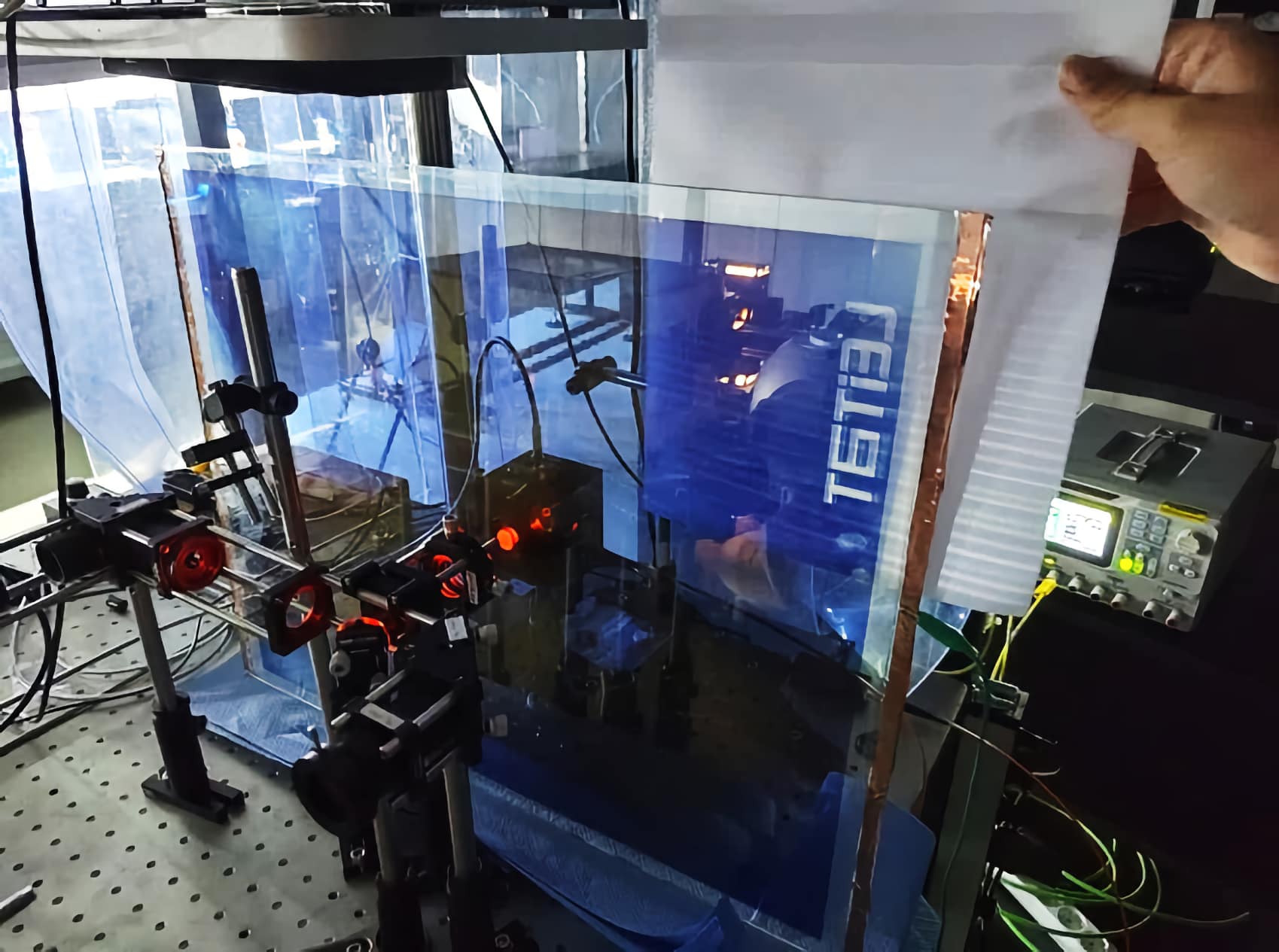Design, Manufacturing and Solar Control Strategies
Downloads
DOI:
https://doi.org/10.47982/jfde.2023.2.T3Keywords:
Solar control, EC windows, plasmochromic devices, energy efficient glazingAbstract
Active glazing components, which can dynamically regulate incoming solar radiation, are particularly interesting, as they simultaneously impact multiple aspects, such as thermal and visual comfort and overall energy consumption. Near-infrared EC windows (also referred to as “plasmochromic”) enable selective spectral control of the incoming solar radiation and efficiently respond to ever-changing lighting, heating and cooling requirements. They allow to selectively filter a large amount of near-infrared solar radiation passing through the window, thus blocking solar heat gain during hot summer days and letting it permeate over sunny winter days whilst independently regulating the amount of daylight.
This article delves into the core attributes of such glazing systems, showcasing recent advancements in their design and fabrication. By evaluating key metrics like luminous transmittance (TLUM), solar transmittance (TSOL), and total solar heat gain coefficient (g-value), the paper presents a preliminary performance assessment of smart glazing employing this technology. Furthermore, the authors prospect the importance of implementing appropriate control strategies for these systems to fully exploit their potential in reducing energy consumption while maximising comfort.
How to Cite
Published
Issue
Section
License
Copyright (c) 2023 Mirco Riganti, Julia Olivé, Francesco Isaia, Michele Manca

This work is licensed under a Creative Commons Attribution 4.0 International License.
Authors or their institutions retain copyright to their publications without restrictions.
References
Barawi, M., Veramonti, G., Epifani, M., Giannuzzi, R., Sibillano, T., Giannini, C., . . . Manca, M. (2018). A dual band electrochromic device switchable across four distinct optical modes. Journal of Materials Chemistry A, 6, 10201–10205. Retrieved from https://doi.org/10.1039/C8TA02636J DOI: https://doi.org/10.1039/C8TA02636J
Cao, S., Zhang, S., Zhang, T., & Lee, J. Y. (2018). Fluoride-Assisted Synthesis of Plasmonic Colloidal Ta-Doped TiO2 Nanocrystals for Near-Infrared and Visible-Light Selective Electrochromic Modulation. Chemistry of Materials, 30, 4838-4846. Retrieved from https://doi.org/10.1021/acs.chemmater.8b02196 DOI: https://doi.org/10.1021/acs.chemmater.8b02196
Cao, X., Dai, X., & Liu, J. (2016). Building energy-consumption status worldwide and the state-of-the art technologies for zero-energy buildings during the past decade. Energy and Buildings, 128, 198-213. Retrieved from https://doi.org/10.1016/j.enbuild.2016.06.089 DOI: https://doi.org/10.1016/j.enbuild.2016.06.089
Cots, A., Dicorato, S., Giovannini, L., Favoino, F., & Manca, M. (2021). Energy Efficient Smart Plasmochromic Windows: Properties, Manufacturing and Integration in Insulating Glazing. Nano Energy, 84, 105894. Retrieved from https://doi.org/10.1016/j.nanoen.2021.105894 DOI: https://doi.org/10.1016/j.nanoen.2021.105894
Danza, L., Barozzi, B., Bellazzi, A., Belussi, L., Devitofrancesco, A., Ghellere, M., . . . Scrosati, C. (2020). A weighting procedure to analyse the Indoor Environmental Quality of a Zero-Energy Building. Building and Environment, 107155. Retrieved from https://doi.org/10.1016/j.buildenv.2020.107155 DOI: https://doi.org/10.1016/j.buildenv.2020.107155
Favoino, F., & Overend, M. (2015). A Simulation Framework for the Evaluation of Next Generation Responsive Building Envelope Technologies. Energy Procedia, 78, 2602-2607. Retrieved from https://doi.org/10.1016/j.egypro.2015.11.302 DOI: https://doi.org/10.1016/j.egypro.2015.11.302
Garcia, G., Buonsanti, R., Runnerstrom, E. L., Mendelsberg, R. J., Llordes, A., Anders, A., . . . Milliron, D. J. (2011). Dynamically Modulating the Surface Plasmon Resonance of Doped Semiconductor Nanocrystals. Nano Letters, 11, 4415–4420. Retrieved from https://doi.org/10.1021/nl202597n DOI: https://doi.org/10.1021/nl202597n
Giannuzzi, R., Scarfiello, R., Sibillano, T., Nobile, C., Grillo, V., Giannini, C., . . . Manca, M. (2017). From capacitance-controlled to diffusion-controlled electrochromism in one-dimensional shape-tailored tungsten oxide nanocrystals. Nano Energy, 41, 634-645. Retrieved from https://doi.org/10.1016/j.nanoen.2017.09.058 DOI: https://doi.org/10.1016/j.nanoen.2017.09.058
Giovannini, L., Favoino, F., Pellegrino, A., Lo Verso, V. R., Serra, V., & Zinzi, M. (2019). Thermochromic glazing performance: From component experimental characterisation to whole building performance evaluation. Applied Energy, 251, 113335. Retrieved from https://doi.org/10.1016/j.apenergy.2019.113335 DOI: https://doi.org/10.1016/j.apenergy.2019.113335
Isaia, F., Fiorentini , M., Serra, V., & Capozzoli , A. (2021). Enhancing energy efficiency and comfort in buildings through model predictive control for dynamic façades with electrochromic glazing. Journal of Building Engineering, 43, 102535. Retrieved from https://doi.org/10.1016/j.jobe.2021.102535 DOI: https://doi.org/10.1016/j.jobe.2021.102535
Li, S. Y., Niklasson, G. A., & Granqvist, C. G. (2012). Plasmon-induced near-infrared electrochromism based on transparent conducting nanoparticles: Approximate performance limits. Applied Physics Letters, 101, 07190. Retrieved from https://doi.org/10.1063/1.4739792 DOI: https://doi.org/10.1063/1.4739792
Manthiram, K., & Alivisatos, A. P. (2012). Tunable Localized Surface Plasmon Resonances in Tungsten Oxide Nanocrystals. Journal of the American Chemical Society, 134, 3995–3998. Retrieved from https://doi.org/10.1021/ja211363w DOI: https://doi.org/10.1021/ja211363w
Optics. (n.d.). Retrieved from Windows and Daylighting: https://windows.lbl.gov/software/optics
Pallonetto, F., De Rosa, M., D’Ettorre, F., & P. Finn, D. (2020). On the assessment and control optimisation of demand response programs in residential buildings. Renewable and Sustainable Energy Reviews, 109861. Retrieved from https://doi.org/10.1016/j.rser.2020.109861 DOI: https://doi.org/10.1016/j.rser.2020.109861
Poláková, M., Schäfer, S., & Elstner, M. (2018). Thermal Glass Stress Analysis – Design Considerations. Challenging Glass Conference Proceedings, 6, 725–740. Retrieved from https://doi.org/10.7480/cgc.6.2193
Roberts, J. A., De Michele, G., Pernigotto, G., Gasparella , A., & Avesani , S. (2022). Impact of active façade control parameters and sensor network complexity on comfort and efficiency: A residential Italian case-study. Energy and Buildings, 255, 111650. Retrieved from https://doi.org/10.1016/j.enbuild.2021.111650 DOI: https://doi.org/10.1016/j.enbuild.2021.111650
Standardization, E. C. (1998). ISO EN 410:1998. Glass in building. Determination of luminous and solar characteristics of glazing. Brussels.
Standardization, E. C. (2011). ISO EN 673:1997. Glass in building. Determination of thermal transmittance (U value)- Calculation method. Brussels.
Tsuboi, A., Nakamura, K., & Kobayashi, N. (2016). Chromatic control of multicolor electrochromic device with localized surface plasmon resonance of silver nanoparticles by voltage-step method. Solar Energy Materials and Solar Cells, 145, 16-25. Retrieved from https://doi.org/10.1016/j.solmat.2015.07.034 DOI: https://doi.org/10.1016/j.solmat.2015.07.034
WINDOW. (n.d.). Retrieved from Windows and Daylighting: https://windows.lbl.gov/software/window
Xu, J., Zhang, Y., Zhai, T.-T., Kuang, Z., Li, J., Wang, Y., . . . Xia, X.-H. (2018). Electrochromic-Tuned Plasmonics for Photothermal Sterile Window. ACS Nano, 12, 6895–6903. Retrieved from https://doi.org/10.1021/acsnano.8b02292 DOI: https://doi.org/10.1021/acsnano.8b02292
